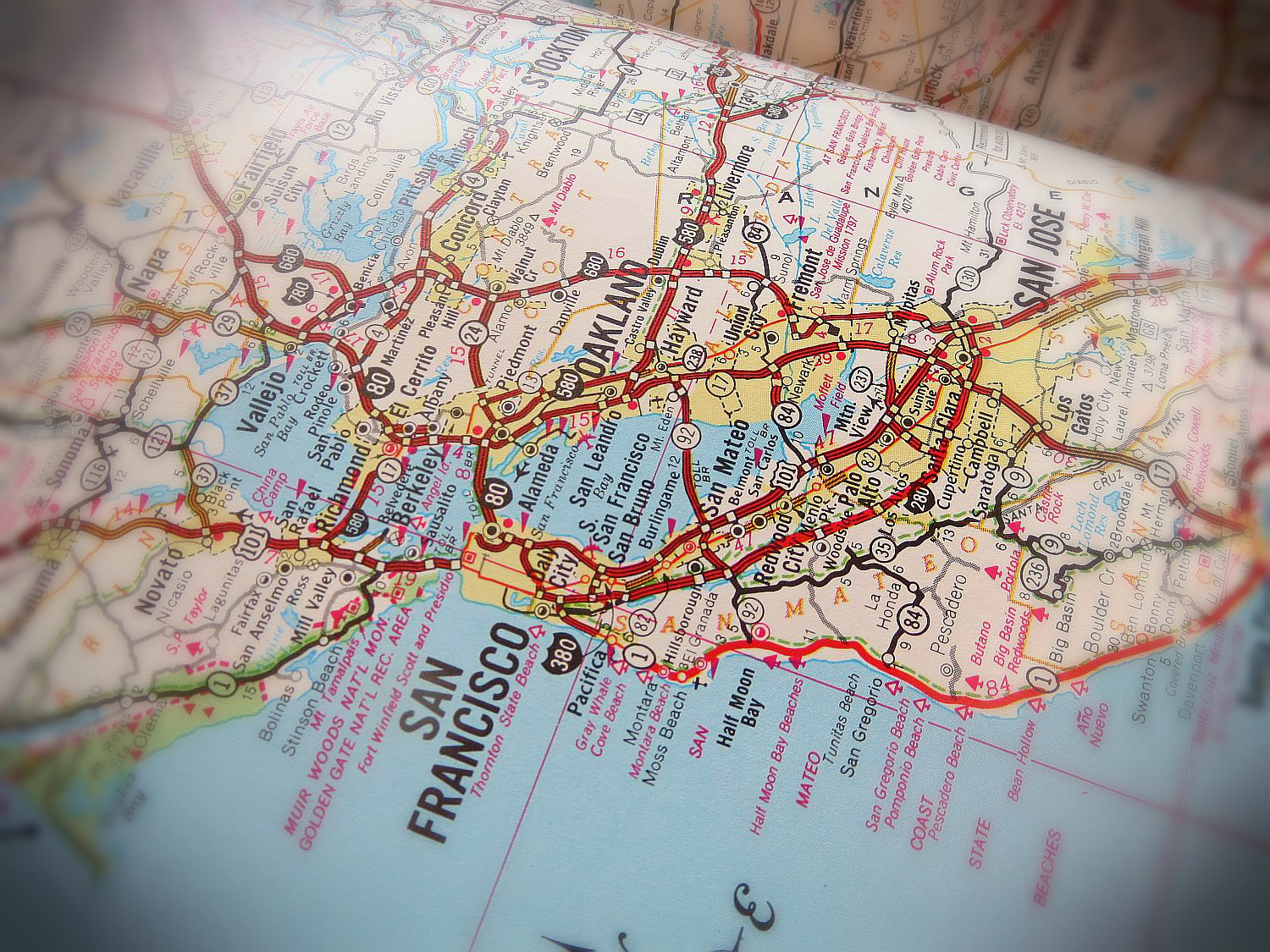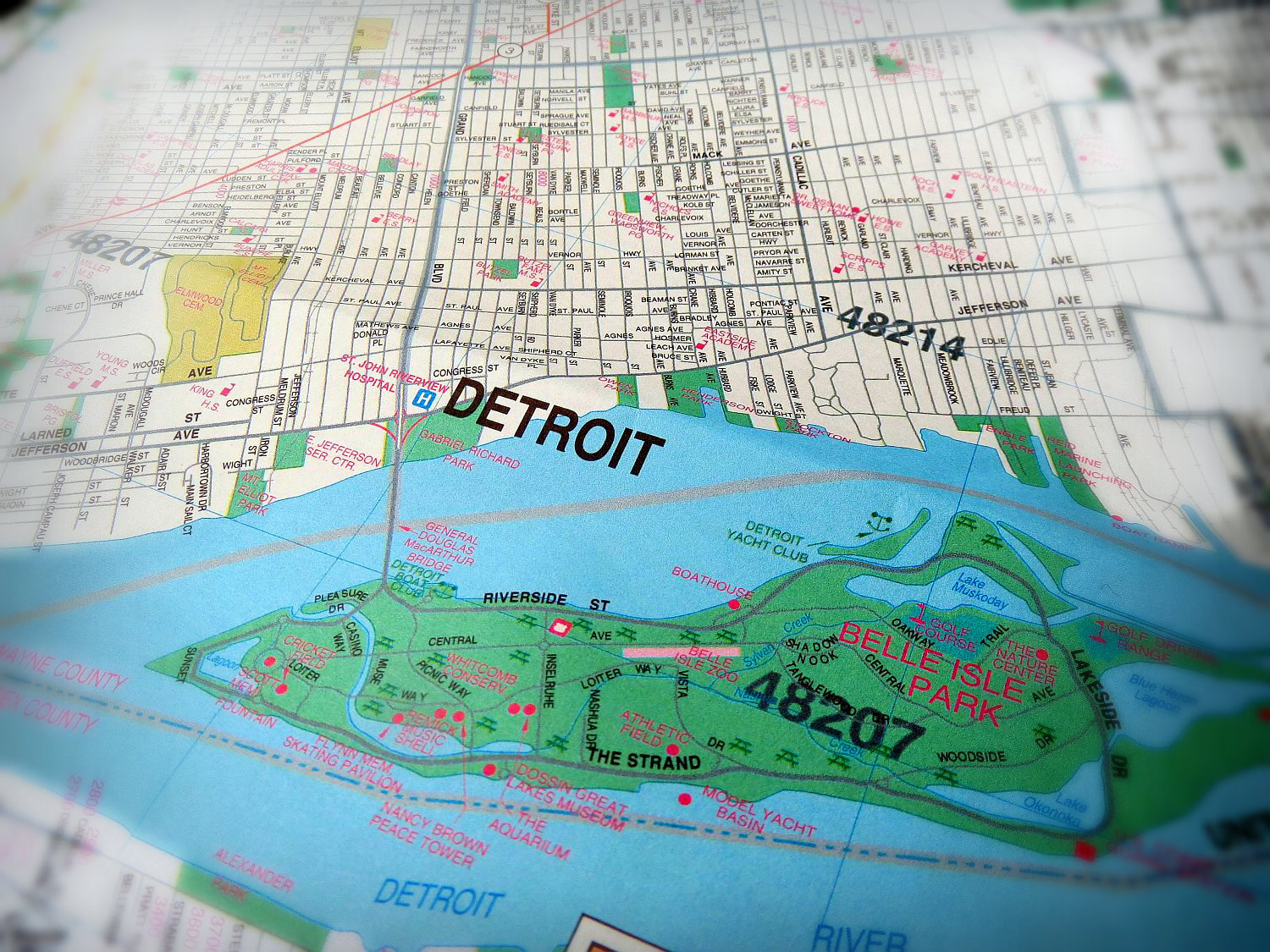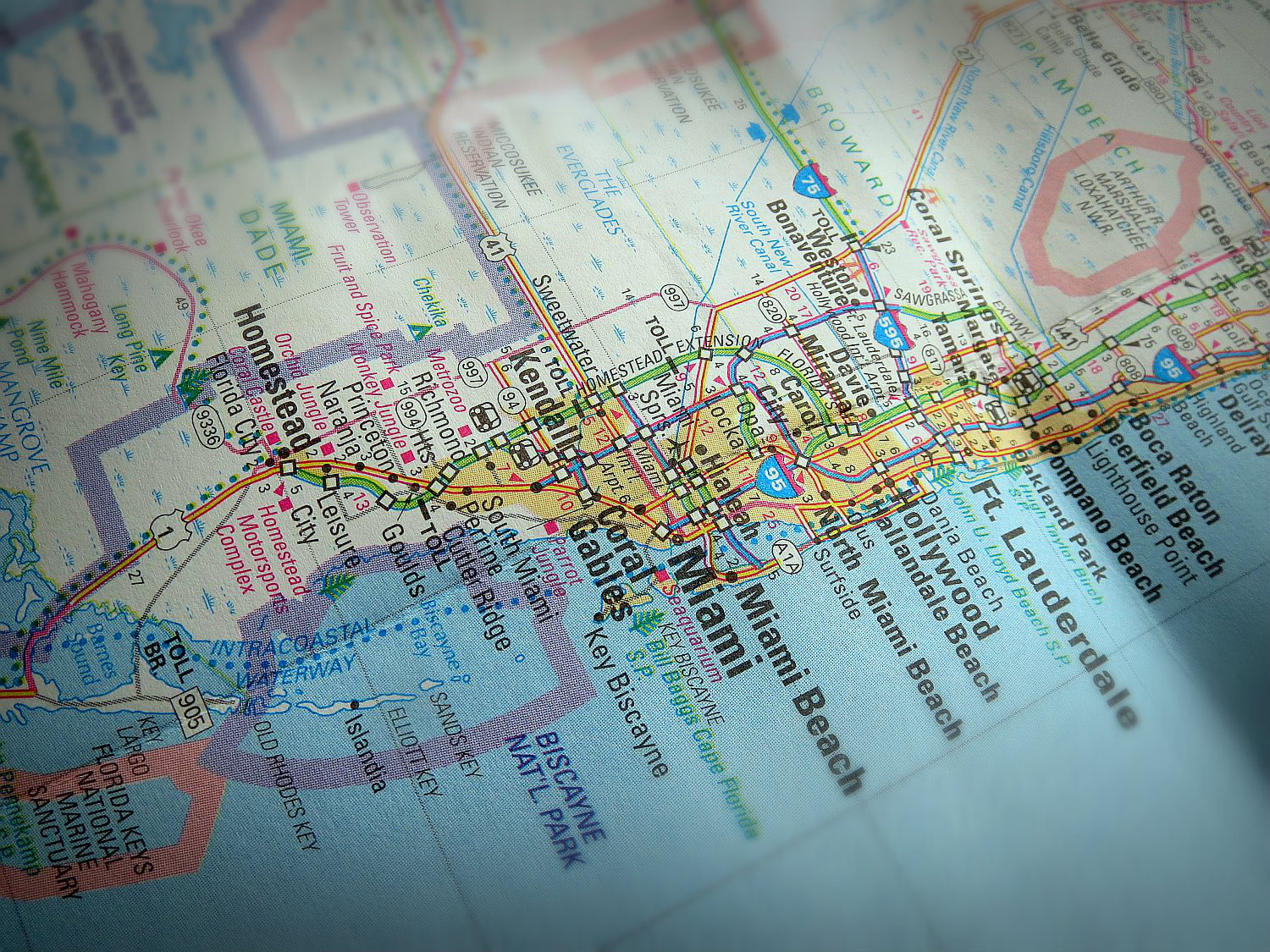Part Three of this four-part series looking back at popping my activist cherry. So not a virgin any more, and a damned good thing given how much rougher the road ahead.
The Angry Left: Rougher Roads Steeper Challenges to Get Here
I’ve already offered a 50,000 view of the road to here for some of the angry left — the road some of us who were progressives in 2003 took as we sought to wrest the country away from conservatives. And I’ve shared my personal journey up to the 2004 presidential election.
The next leg of the journey was harder and the challenges steeper.
In late November 2004 after the election, while many of us were still shell-shocked by the outcome of the election, former candidate Howard Dean traveled the country to talk with supporters to figure out what to do next. I explained already the decision-making process, but one of the most important points which came out of his sessions was the call to become more active in the Democratic Party and to leave no seat uncontested.
Most of us new activists had discovered the hard way during the campaign that the Democratic Party was facade-like; it was not democratic (little d) and it was hardly a party. If we were going to generate the kind of critical mass in numbers we needed to reach our goals — like ending the war in Iraq and getting a national health care program — we were going to have to go inside what was left of the beast and take it back. Dean was certain that if we could articulate clearly our populist progressive agenda that we could win voters, but we had to have the organization from which to do it.
In a matter of days after Dean spoke with activists in my state I went to my first local party meeting. I’d received a little coaching from a high school friend’s dad who’d been involved in the party; he’d explained how their monthly meetings typically ran and what to expect so I’d be more comfortable.
The meeting started at 7:00 p.m.; they said the Pledge of Allegiance, went through what looked like a time-worn agenda of going through acceptance of minutes from the last meeting, treasurer’s report, new mail, old business…by this time it was 7:20 p.m. and some of the folks were already beginning to look at their watches. The chair held his gavel aloft and asked for any new business before he gaveled the meeting adjourned.
That was it? That’s all they were going to do after getting their asses kicked a mere month ago? I thought I’d faint.
My friend’s dad was there and looked at me encouragingly. I raised my hand. The chair started and stared as if to say, Who the hell are you? And I introduced myself, said it was my first party meeting, and I had two questions to ask. Where was the party’s website, and what were their goals and objectives for the coming year?
You could have heard a pin drop.
Two other folks across the room raised their hands and said it was their first meeting as well, and they had come wanting to know the same thing.
There was a bit of a rush after that, an explanation that they had no website, questions as to whether I knew anything about creating one and would I discuss it next month, did I want to become a member, could we table the question about goals, gaveling out the meeting.
A more senior member of the party offered to pay for three memberships to get us started; we three newbies managed to get connected with each other. Inside the next three months we were plunged into communications and memberships committees and started on projects which made sense to us as persons with corporate and academic experience. Like updating membership databases, and creating a website with information about the local party — really elemental stuff.
And at first it seemed easy. It was almost too easy. The first twelve weeks went by and we thought things were going smoothly.
But then we ran into push back after push back on what should have been some of the easiest things, including goals and finance. By the end of summer it was clear there were factions within the local party who were pissed off at us for rocking the boat, other factions which did little or nothing and didn’t want to, and yet other factions who wanted to do something constructive but were clearly disenfranchised and dis-empowered.
In short, it was a dysfunctional mess. We just didn’t get a bead on how dysfunctional for several months while they waited to see how serious we were.
We learned as we compared notes about the problems we were running into that the party chair had actually kicked volunteers out of the office during the final stretch of the presidential election season for using the phone excessively. The volunteers had been phone banking, for crying out loud; of course they’d be using the damned phones. They ended up at a different site set up across town by another group because they couldn’t work at the Dem Party office. The problems were clearly systemic from top to bottom of the local organization, and toxic to candidates.
It became clear that we were going to have to find a different way to operate so that we didn’t run into roadblocks at every turn, before the election season began. We agreed to pursue chartering a separate Democratic club, one which would have a bias toward action and results, whose mission would be to get more progressive candidates elected to office.
The squabbling about the chartering process was ugly, because the local party had to sign off. (Pulling the charter has been a threat at least one chair has used since the charter was issued.) But in the end we managed to start an organization.
A couple of our team found a sympathetic landlord who agreed to “rent” office space to us if we agreed to improve the property. We pooled our resources and painted and patched a decrepit 150-year-old place, each of us doing what we could to create an entity which would get people elected. In my case I cobbled up a network and a fellow Deaniac cobbled up some computers so that we could begin to phone bank using VoIP. We identified candidates to support, knocked on doors, dropped literature, made thousands of phone calls, raised money and made donations to candidates.
And by the end of election day 2006, we knew what we could call our wins.
By the end of 2007 candidates called us.
By the end of 2008, after winning and losing control of the Democratic Party chairmanship, we won it back.
We are the local party now, although it was messy getting here. I’ve spared you the ugly part of losing the party and having our club charter threatened. I’ve spared you all the dull, tedious long hours of work doing mailings and working on voter data and membership drives and slow, dragged out meetings about resolutions and bylaws.
But we got here because we planned, we executed and we delivered. We didn’t always win; one of our hardest fought and most painful losses was for a state seat for which one of our own ran. But we learned a lot from the experience, and the state party now knows what that candidate and the club can do. And right now they are grinding away working for Democratic candidates, several of which are truly progressive.
So what did I learn along this leg of the road?
— It takes a lot of motherf*cking actual work to build a grassroots political apparatus. I cannot understate this. One must be willing to do some really tedious, grotty scut work to make it happen. I’ve cleaned toilets, washed floors, painted, vacuumed, swept, cooked and cooked, licked envelopes and stamps, fixed computers and printers, set up wired and wireless networks, babysat, made phone calls, typed and printed and folded and collated, you name it, and I’ve only done a small portion of work that others have done for our team.
— In every county of my state there are roughly 25 people on average that are hardcore activists who are willing to do the work. Half of them do the majority of the work. Which means in a state of roughly 10,000,000 residents, roughly 2,000 people do it all for the left. And that’s not just Democrats, that’s the entire left. (Many Greens, Libertarians and unallied environmental and peace activists overlap with Democrats, so I think I can say my estimate is pretty solid.) I would bet right now the ratio is pretty much the same for all but the most populous states.
— There are people who will cling to their old perception of the party until they die. Some will not relinquish that vision without a bloody fight. You can expect to be bruised in such battles; develop emotional callouses and find a good source of mental Kevlar. And quite frankly, you may have to outwait some of your detractors quite literally until they die. We euphemistically call this “a generational shift.”
— Once you have some success, you will be attacked. You will also find others attempt to co-opt your success. You are doing it right if you have candidates calling you for help while you are being insulted by the remaining old school machine members.
— And the attacks will show up in the local media. You will see distortions of everything you’ve done through a conservative lens, and everything reported will draw multiple letters to the editor from conservatives.
— There are not enough candidates in the pipeline. There are races up and down the ticket right now where we cannot field a candidate, where a conservative is going to have a cakewalk to a win. A substantive number of our candidates are Hail Mary passes which won’t succeed; the candidate is either willing to run simply to force the conservative opponent to spend down money, or the candidate is simply not prepared enough or the right caliber for the race. I can think of one candidate who is just plain dumber than a box of rocks, hasn’t won in three attempts and won’t win again, but they are all we have in that district. We’ve had many training sessions to encourage folks who may be thinking about running, at least two sessions a year and we still don’t have enough candidates.
— Money is chronically short. This is another truth which can’t be understated. In some highly specific cases, where the population is denser, the till may have a lot more money, but the money must be spread over even more candidates. It’s never enough.
— There are not enough people who have the skills let alone the commitment to do some of the necessary work. Being an officer sounds like it’s prestigious and a lot of fun, right up until you are the one having to deal with the angry callers or the stupid media, the one having to record all the donations and file the financials on a timely basis, the one having to take all the meeting notes and record them religiously. Parliamentarians are a pain in the ass, but they are also one of the most critical roles in the organization. Think you can cut corners and do without all this stuff? Good luck earning the trust of candidates and incumbents who need serious, reliable people.
Before I began this journey on the road of activism, I believed there were adults in charge, that I could simply show up and vote at mid-terms and presidential elections, and those trusted adults would make sure that our democracy continued to run smoothly.
What a stupid and naive notion that was.
One of the most important things I’ve learned along the way is this: Leadership is showing up.
Things don’t change, progress isn’t made until leaders show up and do the damned work. For too long nobody showed up, and there are still not enough people showing up.
The corollary lesson is this: Leadership-by-default runs this country.
In other words, the person that showed up, did the work or spent the money to get the work done, got elected. They may have been the biggest, stupidest asshole on earth, but they showed up. And they were assisted on the road to victory by people who showed up. The folks who get more people to show up to work for them are far more likely to win. This is the case in the overwhelming majority of races up and down the ticket across this entire country.
More about that in my next installment.
__________
Part Four, the final installment of this series, will post tomorrow.
 Wow, it’s been ten years! Time sure flies when you’re having fun — and yes, some of us have a rather perverse sense of amusement, editors, contributors, and readers alike.
Wow, it’s been ten years! Time sure flies when you’re having fun — and yes, some of us have a rather perverse sense of amusement, editors, contributors, and readers alike.




